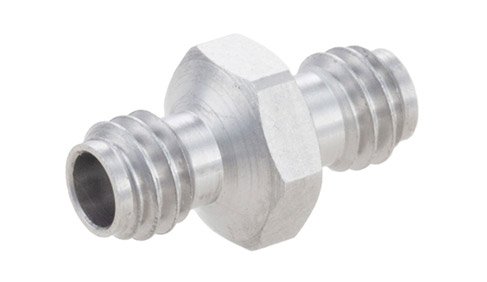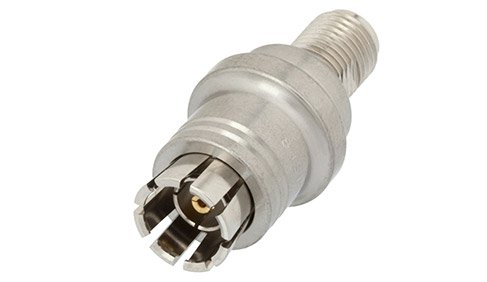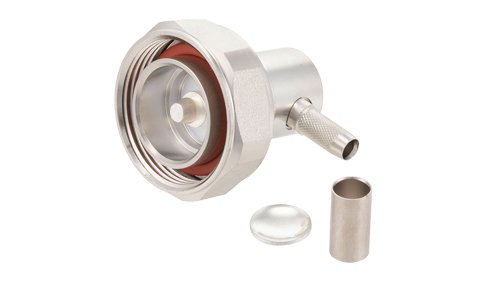
Radio Frequency (RF) signals are merely any useful electromagnetic radiation within a portion of the spectrum that is compatible with available technology. These can be RF signals used for communication, sensing, or any other purpose, such as RF heating, RF plasma, or even RF propulsion. RF signals can be conducted through open-air channels, space, through fluids, through the ground, along/within conductors, or through dielectric channels. So, what is an RF connection? An RF connection is simply the point at which two RF paths meet. This could be via RF Coaxial Connectors, Waveguides, RF Antennas, or any other medium that RF signals pass through. Typically, an RF connection implies some form of hardware connection between two RF paths, such as a coaxial connector, waveguide, RF antenna, PCB vias, probe interfaces, etc.
In the case of an RF antenna, the antenna itself is a connection between the air-interface and the conductive interface, such as a coaxial transmission line, waveguide, or planar transmission line/waveguide. Hence, for a wireless link a signal is injected at an antenna’s RF port, the RF signal passes through two RF conductive ports and two air-interfaces. Hence, there are four RF connections in that simple path between two antennas and their RF ports. This isn’t counting the connection between the antenna’s RF ports and any type of transmission line or other conductive RF path.
RF Coaxial Cable Assemblies are considered a single RF connection, however, there are actually two RF connections within a coaxial cable assembly. Where the coaxial cable and RF connector meet there is a connection, as well as the connections between each of the RF connectors and the ports that they are connected to. Hence, even for a simple cable assembly connection there are four RF connections. If an RF coaxial cable assembly is the interconnect between an antenna and another RF path, such as a transceiver, then the wireless link between two antennas with RF coaxial cable assemblies involves six RF connections on each side of the wireless link, or 12 RF connections total.
It is important to be cognizant of every RF connection within a path, as that connection is an opportunity for failure, signal degradation, or signal leakage. RF signal paths tend to be very susceptible to degradation from poor RF connections. For instance, an improperly attached coaxial connector can lead to an impedance other than the characteristic impedance of the transmission line and/or become weak and lead to a disconnection failure. In general, there is never a perfect impedance match at a given RF connection, so there is always some loss, reflection, and a voltage standing wave ratio greater than 1:1.



